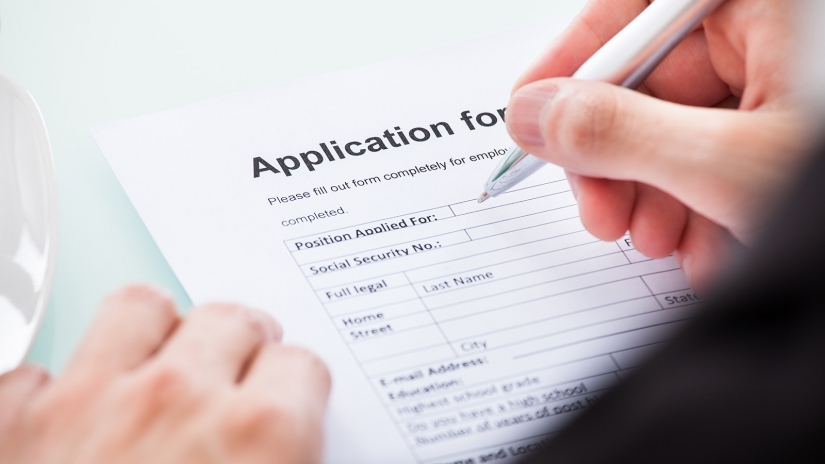Application documents are our first contact with the recruiter and it is on their basis that he decides whether we will meet at the next stage of recruitment. Therefore, it is worth considering what they should look like, what information should be included in them and what to avoid. We often have to send the same packet in response to all ads, which is a big mistake. How to prepare application documents? Read this article!

What should your application documents look like?
The most common documents that recruiters ask for in advertisements, include a curriculum vitae (CV) and a cover letter. Both of them often cause us a lot of problems. What should the application documents look like?
At the beginning of creating a CV, we need to think about what information should be included in it. We often prepare one document, where we put everything that comes to our mind and send it to each potential employer. Remember, however, that the application documents should be personalized, adapted to the recipient and sending the same CV may be a mistake.
First of all, at the top of the document, it is worth including the name of the position for which you are applying and the reference number advertisements so that the recruiter knows immediately what position we would like to take. It is also worth adjusting the skills, courses and training, etc. to the requirements of the advertisement – it is important that they are related to the profession.
In the CV, right after the job title and reference number, we should include our personal data – name and surname, date of birth, telephone number, home address, e-mail address. Many of us also decide to put our photo in the document – remember that we make the first impression on the recruiter, so the photo should be professional, although not exactly the same as it appears in the documents. It is important to be fully dressed on it, avoid selfies, excessive makeup, obvious signs of fatigue, visible alcohol, etc. In addition, pay attention to the size of the photo so that the CV does not burden the recruiter’s mailbox too much.

Then we can write briefly about our professional goal. Remember that the word “short” is the key here, and the goal should be limited to 2-3 short sentences. It can be useful especially when changing the industry or with little professional experience.
Two important sections in the CV, which the application documents cannot do without, are education and experience – in both cases we use the reverse chronology, that is, first we write down what is most up-to-date, and then we go back in time. In the case of education, it is definitely enough to mention completed studies, we mention high school if it taught us a profession. On the other hand, the experience includes the company name, position and the most important duties.
Next, we must remember to describe our skills, it should be related to the position for which we apply. At this point, we should also write about additional skills, for example, foreign language skills. Finally, let’s write about what interests us – ideally if it is related to the position, but it is not a necessary condition.
Application documents are not a place to color your life, so the main rule is: don’t lie. The lies will soon come to light – if not during the recruitment, then certainly while performing the duties. It’s worth being honest!
Why did I find working for this company interesting? As for the cover letter, let’s try to show that we are creative, we can convince others, we have interesting skills and it’s worth having us in the team. The letter answers the questions:
Talk about your successes, but be specific. It is not enough to point out that we acquired important clients for the company, let’s say how many there were – the numbers are important. Let’s write specifically and avoid spilling water. We absolutely give up any form of sucking up. If our creativity is so great that we want to give the letter an unusual form (poem, fairy tale, etc.), remember that it will not work in every industry and not every company will be convinced by our way of formulating sentences. This is risky and outside the creative industry, let’s give it up.
As you know, ready-made application documents are available on the Internet, but blind copying is a very bad practice. You are currently creating content that is to convince the recruiter – will it really be so if a similar document is sent by several other people in addition to you? Finished application documents should be the only inspiration.

Formal application documents
It is also worth spending time refining the documents from the formal side. We should standardize the formatting of the CV and letter. It is best to use a black letter on a white background, write the headlines with a greater degree of writing, and emphasize the most important information.
If you want to create a graphic CV, match the letter to it. Remember, however, that such a solution can be risky and make sure that it is welcomed in the company.
CV should be placed on a maximum of 2 A4 pages, if we have extensive professional experience, the letter should be finished on one page.
Remember that the clearer the better. Let’s also take care of linguistic correctness. Let’s show someone the application documents before sending – we may not notice our own mistakes.
Preparation of documents takes time, but it is certainly profitable to be diligent, it is worth remembering.



